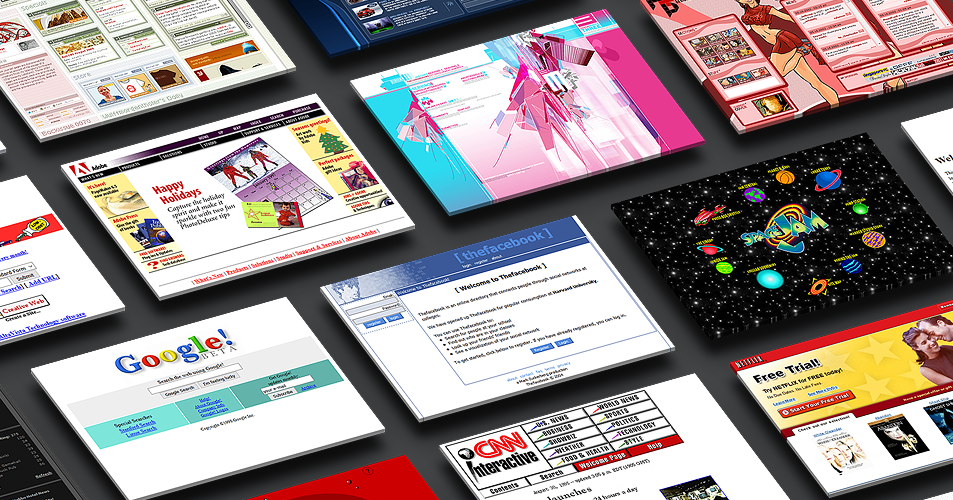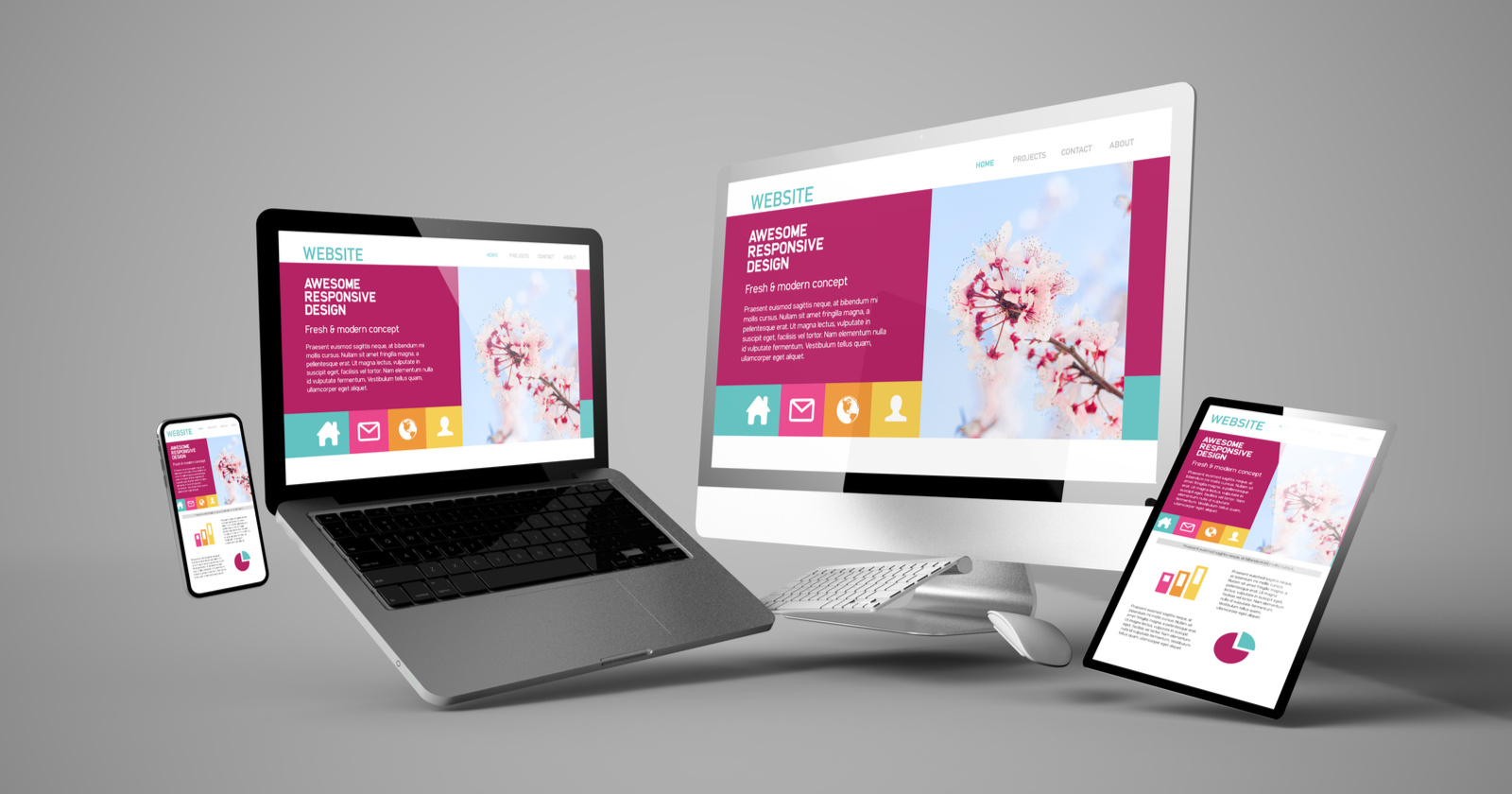Increase Your Brand Trust and Professionalism with Smart Web Design In Guildford
Increase Your Brand Trust and Professionalism with Smart Web Design In Guildford
Blog Article
Just How to Boost User Experience With Strategic Internet Style
In the world of electronic development, individual experience (UX) has ended up being the cornerstone of effective website design. A critical, user-centered strategy, emphasizing visual uniformity, instinctive designs, and receptive layout, can considerably enhance a website's usability and allure. As we explore these principles in information, the significance of integrating user responses and the duty of UX in customer retention will certainly additionally be taken a look at, inviting a much deeper understanding of this vital facet of website design.
Comprehending the Relevance of User Experience in Website Design
The essence of website design exists not just in looks, but fundamentally in the individual experience it supplies. Customer experience, or UX, refers to the general experience a person has while connecting with a site or web application, especially in terms of how comfy and pleasing it is to utilize (Web Design In Guildford). It is a necessary facet of website design, as it straight influences the customers' impressions, actions, and total interaction with the web site
A well-designed website with a bad user experience belongs to an attractive building with an improperly intended inside; it may look appealing externally, but it stops working to serve its designated function effectively. It may prevent users from remaining on the internet site, bring about high bounce prices, reduced customer interaction, and ultimately, failure to attain the website's goals. This highlights the relevance of incorporating individual experience into the website design process right from the beginning.
Using User-Centered Design Concepts
The application of user-centered style concepts begins with understanding individual habits. This knowledge develops the basis for creating an effective interface design. These two essential elements, when skillfully integrated, bring about an improved customer experience on any type of web site.

Recognizing User Habits
Why do customers behave the way they do on websites? Customer actions is dictated by a plethora of aspects, chief amongst them being their certain demands and choices, prior on-line experiences, and general web savviness. The design of the internet site likewise plays a significant duty. A tidy, user-friendly format can lead users to behave in a particular method, such as leading them toward specific actions or info. Alternatively, a complicated or messy design can prevent interaction and lead to high bounce prices. Recognizing customer habits includes researching and analyzing these patterns and trends. Using this understanding, internet developers can develop more efficient, user-friendly websites that meet the requirements of their audience, therefore boosting individual experience.
Efficient Interface Layout

Leveraging Receptive Style for Optimal Watching
Relocating forward in the discourse, the attention currently changes to the importance of leveraging responsive style for optimum viewing. This involves exploring the process of applying responsive web design and comprehending its influence on customer experience. The ensuing discussion intends to elucidate the advantages of optimal watching and just how receptive layout promotes it.
Implementing Responsive Website Design
Using the power of receptive web layout is an essential action in the direction of boosting customer experience. These elements combined create a receptive internet style that adjusts to the customer's demands. While the procedure may appear complex, the result is a more instinctive and easily accessible internet site, dramatically improving the user experience.
Benefits of Optimum Viewing

In addition, receptive style can cause enhanced SEO rankings, as internet search engine favor websites that deal with multiple tools. It can minimize bounce rates and boost conversion prices as users are less most likely to abandon sites that are very easy to navigate. Hence, ideal viewing can substantially boost customer experience, making it a key element of strategic internet layout.
Integrating Easy Navigating and Intuitive Layouts
Reduce and instinct in internet site navigation form the bedrock of customer contentment. If individuals struggle to find what they are looking for, they are most likely to abandon the website and seek alternatives.
Simple navigation food selections, breadcrumb tracks, and clickable switches lead users with the web site effortlessly. Uniformity in style components across web pages also adds to instinctive navigating. Positioning the search bar or the purchasing cart icon in the same area on every page enables users to find additional hints these features promptly.
Moreover, an user-friendly format is one that expects user requirements. It places elements and information where customers expect them to be. This lowers the cognitive tons on users, enhancing their overall experience on the internet site.
The Function of Visual Style in Individual Experience
While the structure and layout of a web site are substantial for customer experience, the aesthetic design plays a similarly crucial function. A messy or inconsistent aesthetic layout can puzzle customers and lead to a negative customer experience. Internet designers need to strategically use aesthetic layout components to produce a instinctive and harmonious customer interface that enhances the total customer experience.
Case Researches: Successful Customer Experience Design in Action
Regardless of the academic knowledge on individual experience style, it gains genuine worth when applied in useful situations. Airbnb, an international on-line industry, successfully enhanced their individual experience by redesigning their site.
The results were a significant increase in mobile website traffic and user interaction, demonstrating the efficiency of calculated internet layout in enhancing user experience. These situation researches reveal that sensible application of user experience style can yield substantial benefits.
Verdict
Finally, critical website design is an essential tool in improving user experience. By applying user-centric layout concepts, leveraging receptive layout, incorporating intuitive navigating and formats, and over here taking advantage of the power of visual style, businesses can create sites that are pleasing and engaging for users. Effective website design, showcased via numerous effective case studies, significantly enhances customer interaction and retention prices, showing its crucial duty in electronic success.
As we discover these concepts in information, the value of integrating individual comments and the role of UX in user retention will certainly also be analyzed, welcoming a deeper understanding of this essential aspect of web design.
It may hinder customers from remaining on the website, leading to high bounce prices, reduced user interaction, and eventually, failing to accomplish the site's objectives. A irregular or chaotic visual style can lead and confuse customers to an unfavorable user experience. Web designers need to strategically make use of visual design aspects to create a unified and user-friendly individual interface that enhances the general customer experience. The outcomes were a considerable boost in mobile web traffic and customer interaction, showing the efficiency of tactical web layout in boosting individual experience.
Report this page